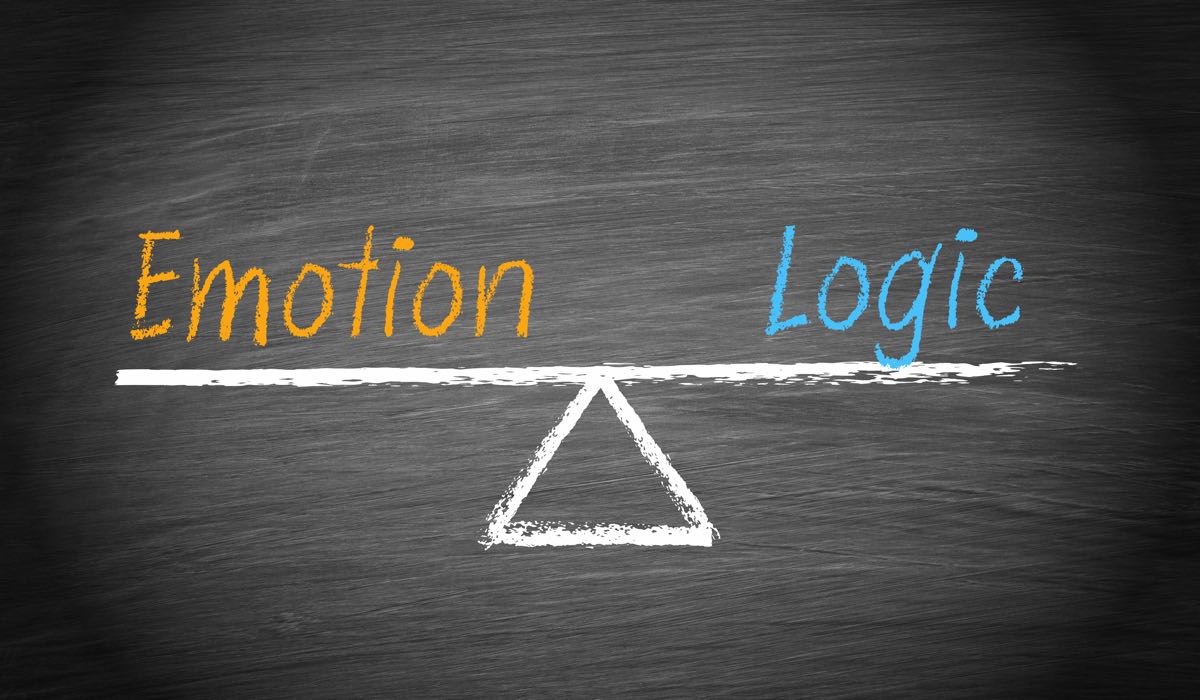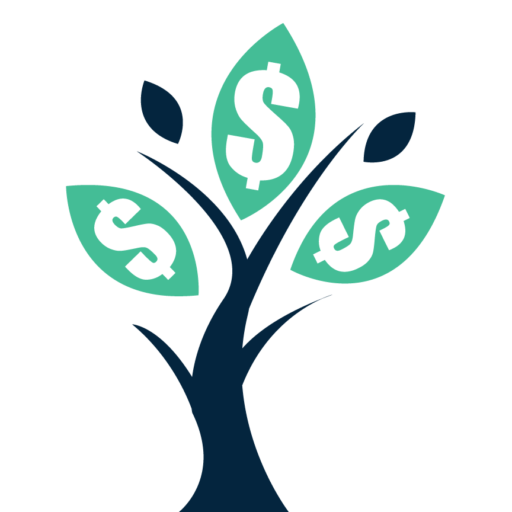“When dealing with people, remember you are not dealing with creatures of logic, but creatures of emotion.” — Dale Carnegie
Understanding the mechanics of decision making is critical to the success of your business not because of how you make decisions (although that is important), but because of how your prospects make the decisions to take the next action with you, including becoming a customer. As much as we like to think of ourself as logical and rational creatures*, when it comes to decision making, we are pure emotion. Leading researchers and experts from disciplines as varied as neuroscience, psychology and economics, back this up. Let’s explore the work of two of these experts, Daniel Kahneman, bestselling author of, Thinking Fast and Slow, and one of my personal mentor’s, Donald Miller, bestselling author of Building A Story Brand, to see how their work applies to converting lookers to leads, leads to customers and customers to repeat customers.
In Building A Story Brand, Donald Miller reveals that the brain has two primary jobs, both designed to keep you alive:
- Scan for danger and identify threats
- Conserve calories
The part of your brain that is always on scanning for danger and identifying threats, means you are literally hard wired to pay attention to the emotion of fear. A sense of fear is what alerts you to pay attention. The sense of fear need not be overt; we are not talking about the feelings watching a scary movie evokes. We are talking about the subtle but powerful triggers that can be summed up as Fear of Loss, including:
- Money/Survival
- Power/Status
- Belonging/Access to the tribe
- Sex/Relationship
There are countless points of intersection such as fear of loss of attractiveness which can affect how you are perceived by others (power/status), who your friends are (tribe) as well as your ability to attract/keep a mate (sex/relationship). The manifestations of these four, as well as all their nuanced points of intersection, is the #1 job of a good marketer. You can’t convert without first deeply understanding what keeps your market up at night and how to position your offer so that they take action.
In the New York Times Bestseller, Thinking Fast and Slow, Nobel Prize winner in Economics, Daniel Kahneman reveals that the humans think using two distinct systems. The first and primary system works automatically and with little effort. Kahneman calls it “Fast Thinking” when this system is dominant, which it is most of the time. When you are “thinking fast,” you are identifying a threat to your ______ (money/power/belonging/sex).Your Thinking Fast mind reacts; it wants what it wants and makes impulse-driven decisions. it quickly, and mostly subconsciously, make a decision to mitigate a fundamental threat, and most times you don’t even realize you’ve made a decision until it’s a done deal. This process relies heavily on associative thinking, innate bias and the rapid connection of the dots between the current situation and similar experiences including the experiences you’ve learned indirectly through your tribe. There is no time to evaluate the quality or accuracy of the information. It’s pure, “from the gut” stuff.
In contrast, “thinking slow” requires effort, sometimes substantial effort. Hallmarks of the Thinking Slow mind include thinking in a way that is: deliberate, orderly, and focused. The Thinking Slow brain has the ability to receive and respond to new information even if that information is counter to our innate bias or beliefs about the world or self. The Slow Thinking brain is responsive; it can ask questions, observe, make new connections, and formulate new ideas.
The book is 499 pages long with 80 pages of appendices and citations so it is not a light read, but it will change everything about how you market your business. One of the most important takeaways, is that Thinking Slow, doesn’t work well with distractions. Thinking Fast, on the other hand is not only comfortable with distractions, it thrives on them! When your marketing message is positioned in front of your target audience, there WILL be distractions, LOTS of them! Your job is to effectively capture the attention of the Fast Thinking, emotion-triggered, scanning-for-danger, part of the brain – and you don’t have a lot of time to do it!
One of the things I find most fascinating about the power of fear on the psyche is that it works even when you’re fully conscious that you’re being intentionally triggered. It’s that powerful. Even if you want your marketing to be positive and focused on the desire to be/do/have _______ rather than fear of loss of ______, remember, that there is no desire that isn’t built on a foundation of fear of loss of one or more of the primary four listed above.
Because of its power, the danger/fear trigger is widely referenced in virtually all teachings on marketing, but the second job of the brain, which is to conserve calories, is mostly ignored. Don’t. It’s key. Your brain consumes about 20% of your total daily caloric consumption but only accounts for about 2% of your total body weight. Pound for pound, cell for cell, your brain is a calorie hog. And calories, aka: energy from food, has been scarce for all but the past few generations of human history. Bottom line, your brain is going to avoid having to work too hard.
One of Donald Miller’s favorite sayings is, “If you confuse, you lose.” What he means by this is, if you make your prospect think too hard (or in some cases think at all), then there’s a good chance they’ll simply leave, and go buy from your competitor with the clear and simple message. Miller’s entire first section of his book is devoted to showing you the path, what he calls the “SB7 Framework,” to creating marketing that is simple and clear even if what you offer is complex.
Effectively triggering a subconscious fear of loss in a simple and clear way makes your marketing compelling, and compelling marketing converts.
*And there’s a third factor at play, which is that the Thinking Slow mind does not want to be left out. We like to believe that we are pretty smart; we like to tell ourselves that our decisions are made for “good, solid, verifiable reasons,” even though they probably weren’t. So while we make the decision to buy emotionally, we justify that decision logically. This is especially true for offers that have a higher the price point and mastering the balance between the Fast Thinking deciding brain and the Slow Thinking rational brain will increase all your conversion points and reduce refunds.
Some of the pieces your marketing could include to satisfy the needs of the Thinking Slow mind are:
- Demonstrations of credibility
- Hard data, facts and figures
- News articles
- Social proof and testimonials
- Providing ahead of time results
The ability to serve these seemingly conflicting needs of your prospects’ Thinking Fast and Thinking Slow minds is what makes evergreen webinars are so effective. You have the opportunity to tickle their fear of loss, give them a taste of what they want to be/do/have (and show them that it is possible for them personally), all while you build your credibility and make the case that your offer is the right solution to their problem, right now.


